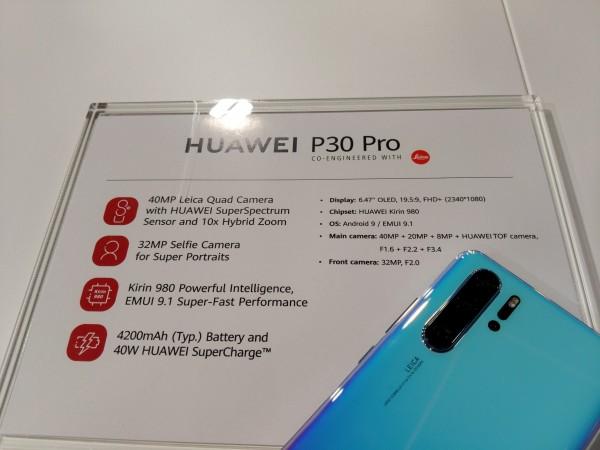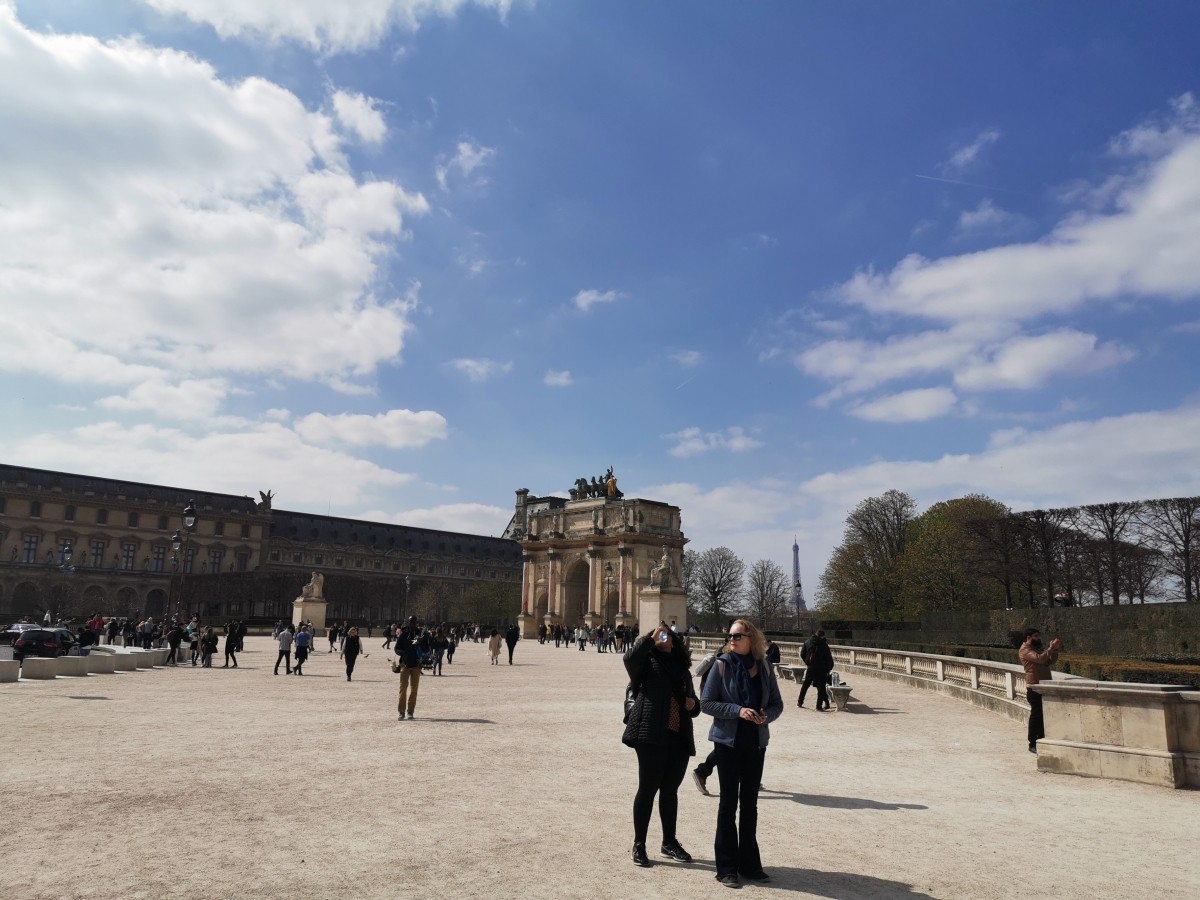We've seen plenty of smartphones capable of doing the unimaginable, but the race to achieve more doesn't stop or even slow down. That's been the case with Huawei P30 Pro, which was recently unveiled at an event in Paris to "rewrite the rules of photography."
As it turns out, those weren't just bold claims and the P30 Pro is actually capable of delivering optimum photography experience that poses an imminent threat to the likes of Apple and Samsung's latest flagships. Huawei P30 Pro makes a strong point in the mobile photography space with its quad-camera setup.
As the Huawei P30 Pro review is in progress, I decided to take the phone's camera out for a quick test. With impressive features like 50x zoom, incredible low-light capabilities, enhanced backlit portraits and more, I decided to test out some of the features and here's what I found.
Get closer without getting close
Huawei P30 Pro's zooming capabilities are impressive. The superzoom lens in the flagship gets a 5X optical zoom, 10X hybrid zoom and 50X digital zoom. I tested the zooming capabilities on all levels and for a smartphone to be able to achieve such results is an impressive feat.

I could go up to 10X zoom without losing details and going up to 50X zoom, which is not possible on other phones, is in itself a commendable accomplishment. The details retained by Huawei P30 Pro at 50x zoom are not impressive, but it does better than any smartphone out there, including iPhone XS Max and Samsung Galaxy S10+.
Let the pictures do the talking.
Paris is a destination with so many places to capture beautiful details and the P30 Pro felt like it was meant for that beautiful city.
There's little doubt in what Huawei P30 Pro is capable of seeing. It is even challenging human eye in that space.
Wide-angle
Huawei had one of the best ultra-wide-angle lens in Mate 20 Pro and that has been improved in the P30 Pro with some much-needed improvements. The area covered by the ultra-wide-angle lens of Huawei P30 Pro remains the same, but the use of higher pixels and the first-of-its-kind RYYB sensor does some real magic.

Huawei P30 Pro is able to achieve natural colours, high dynamic range and balanced exposure. Of course, the results are not as superior photos taken in the normal 1x zoom, but it's hard to spot the areas where it lacks. I was able to stand in the same position and capture the whole wide area around me while taking a stroll outside The Louvre Museum in Paris.
See the results for yourself.
It's finally time to say goodbye to stepping back just to get a larger frame.
Monochrome
Huawei P20 Pro's monochrome sensor was one of my favourite features and the results were extraordinary. The incredible details captured with the P20 Pro in black and white could not get better. In the successor, I hoped there were some sorts of improvements to the monochrome and to my surprise, Huawei decided to ditch the sensor altogether.
After seeing the reason behind that hard decision, it made sense. Huawei got ultra-wide-angle and telephoto lens alongside ToF sensor to get the extra details never obtained before. In order to keep fans of monochrome sensor happy, Huawei added the Monochrome filter, which uses software to turn photos into black and white.

The results – I wasn't completely disappointed. There are some cool editing options, such as resetting aperture and focus and applying various background effects. Here's an example below of an edited image using built-in P30 Pro tools:

Point, shoot
If you would rather just point and shoot than explore the endless features of the P30 Pro camera, you couldn't find a better option. The Master AI is a useful and much-needed feature to give your photos that dramatic, yet natural, effect so sharing on social media channels won't require any post-edits.

I cannot stress how well the details are captured on Huawei P30 Pro and the colours are just on point. But I also noticed some discrepancies in the Master AI setting as it would give different shades of colours, like blue in the sky, when shot from the same angle. To get a more natural and less dramatic effect, turning off Master AI can help, but editing an image would become essential before sharing. At some points, I found the Samsung Galaxy S10+ shoot better photos with its regular warm colours.
I also loved the RAW format of the P30 Pro camera, which would let me capture maximum details and even allow for Photoshop later. I'm going to try printing some photographs shot from P30 Pro to give you a perspective of just how great the RAW format is.
Here are some samples taken from P30 Pro. Simple point and shoot done here.




























!['Had denied Housefull franchise as they wanted me to wear a bikini': Tia Bajpai on turning down bold scripts [Exclusive]](https://data1.ibtimes.co.in/en/full/806605/had-denied-housefull-franchise-they-wanted-me-wear-bikini-tia-bajpai-turning-down-bold.png?w=220&h=138)



